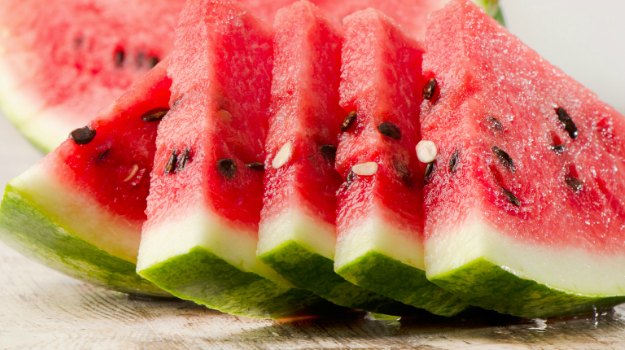Hungarian watermelons can be bought from the weekend, the producers expect good quality this year, all conditions are there for a tasty harvest, the National Chamber of Agrarian Economy (NAK) told MTI on Wednesday.
Watermelons arrive to consumers first from Békés, Tolna and Baranya, later from Heves, and from the end of July from Szabolcs-Szatmár-Bereg county. In case of favorable weather, the supply can last even until the end of September, experts expect a domestic harvest of 140-160 thousand tons, they indicated.
The NAK explains: the selection of watermelon varieties has expanded, its production technology has improved, and its production area has increased from 2,600 hectares to 2,900 hectares in Hungary compared to last year. The modernization was stimulated by the narrowing of export possibilities, as a significant part of the foreign markets of Hungarian producers was dominated by Greek, Italian and Spanish exports in recent years. In recent years, the outdated varieties have been replaced by competitive, higher-quality, more resistant grafted and hybrid watermelons, and today they account for 95 percent of the domestic production area.
Foil production has also appeared, which is why the season may start a little earlier in Hungary. Only 2-3 percent of watermelons, but more than 20 percent of cantaloupes, are grown with foil.
In the country, the average per capita consumption is 10 kilograms per year. As a result of changes in consumer habits, more and more people are looking for smaller, around 5 kilo, and seedless watermelons. The bigger ones are more sought after by street vendors and greengrocers.
The announcement reminds us that NAK also contributed to the competitiveness of Hungarian watermelons, they organized study trips for farmers with seed distributors, and in 2018 they signed a cooperation agreement with the Association of Hungarian watermelon Growers to improve market opportunities. Imports were reduced together with the supermarket chains, the interests of farmers and distributors were coordinated, and by encouraging a change in the attitude of producers, they achieved that the chances of Hungarian goods abroad also improved.
NAK also sees an opportunity to regain export opportunities based on the interest of importers. This year, they expect that a third of the domestic harvest may go abroad, predominantly to the Czech Republic, Poland, Germany and Slovakia.
(MTI)


















